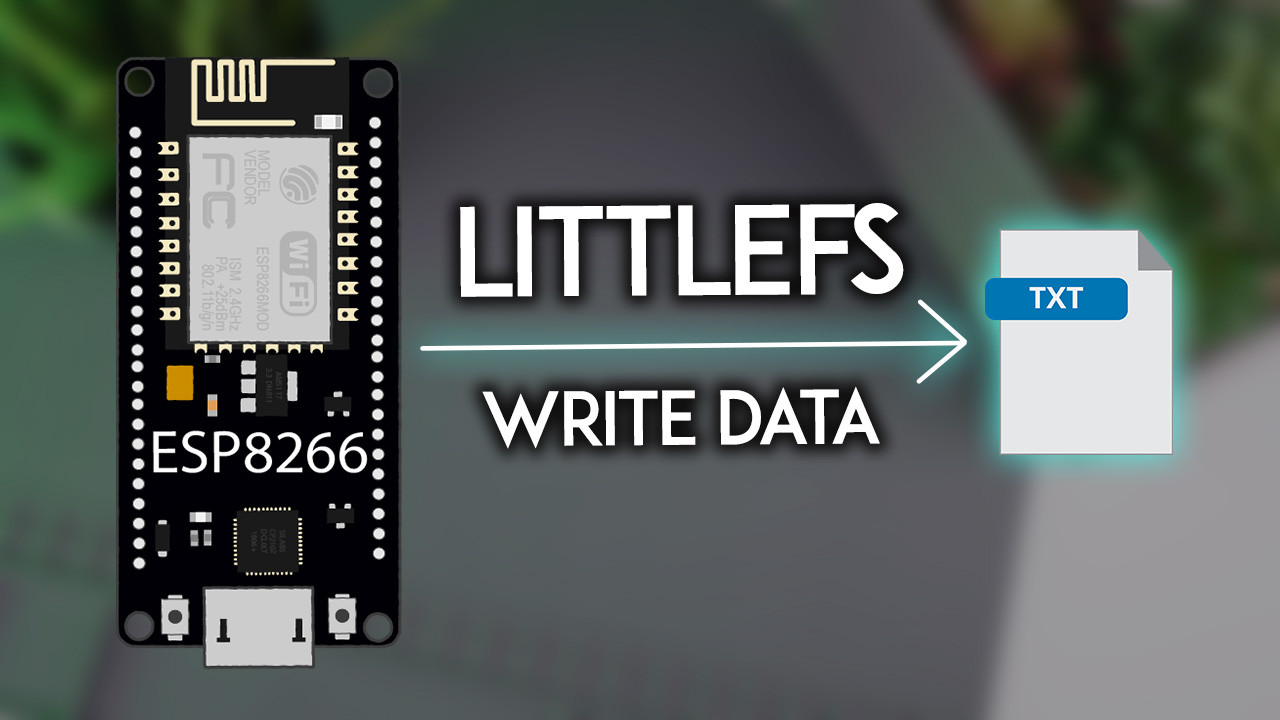tapu
Full Member level 5

Dear All,
I have designed multi event alarm clock by node mcu.i store alarm schedule on eeprom of node mcu.here now I want to add or edit alarm times by using mobile app.where I will set all alarms and post to node mcu.But how to make app and edit code for eeprom to take data from mobile.please give me hints.
Thanks,
Tepu
I have designed multi event alarm clock by node mcu.i store alarm schedule on eeprom of node mcu.here now I want to add or edit alarm times by using mobile app.where I will set all alarms and post to node mcu.But how to make app and edit code for eeprom to take data from mobile.please give me hints.
Thanks,
Tepu


